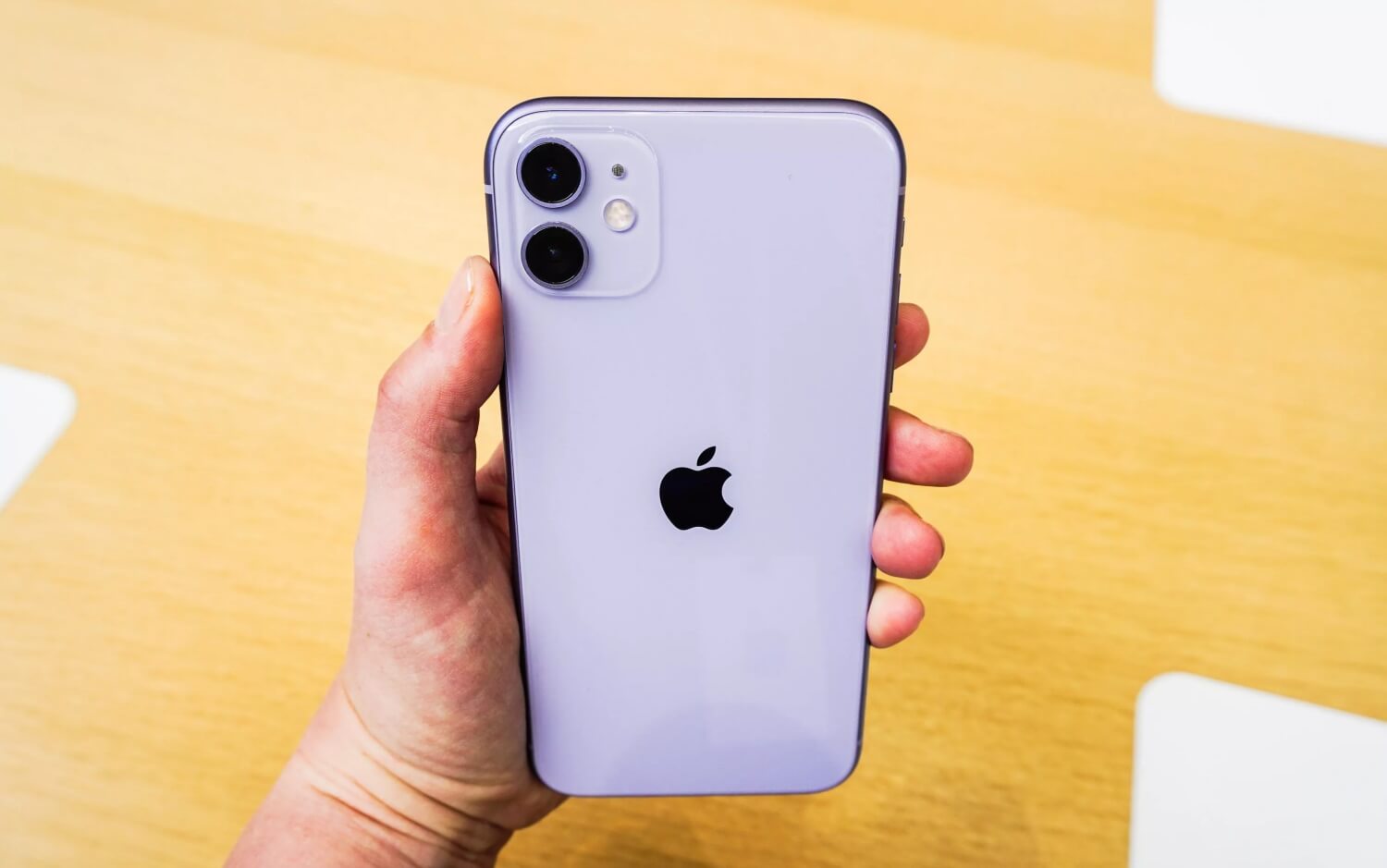Versus: Apple like clockwork this week introduced a new batch of iPhones for the holiday season and beyond. While the Cupertino-based company spent most of its time focusing on the Pro handsets, it's the standard iPhone 11 that will become the best selling model over the coming year, just as the iPhone XR was before it. That brings us to the next logical question - should you upgrade?
That largely depends on what you are using today but is further complicated by the fact that Apple is keeping last year's base model, the iPhone XR, around at a new lower price. Since the iPhone 11 directly replaces the iPhone XR, we wanted to compare the two on a spec-by-spec basis in hopes of providing some clarity to your buying decision.
Identical size and shape.
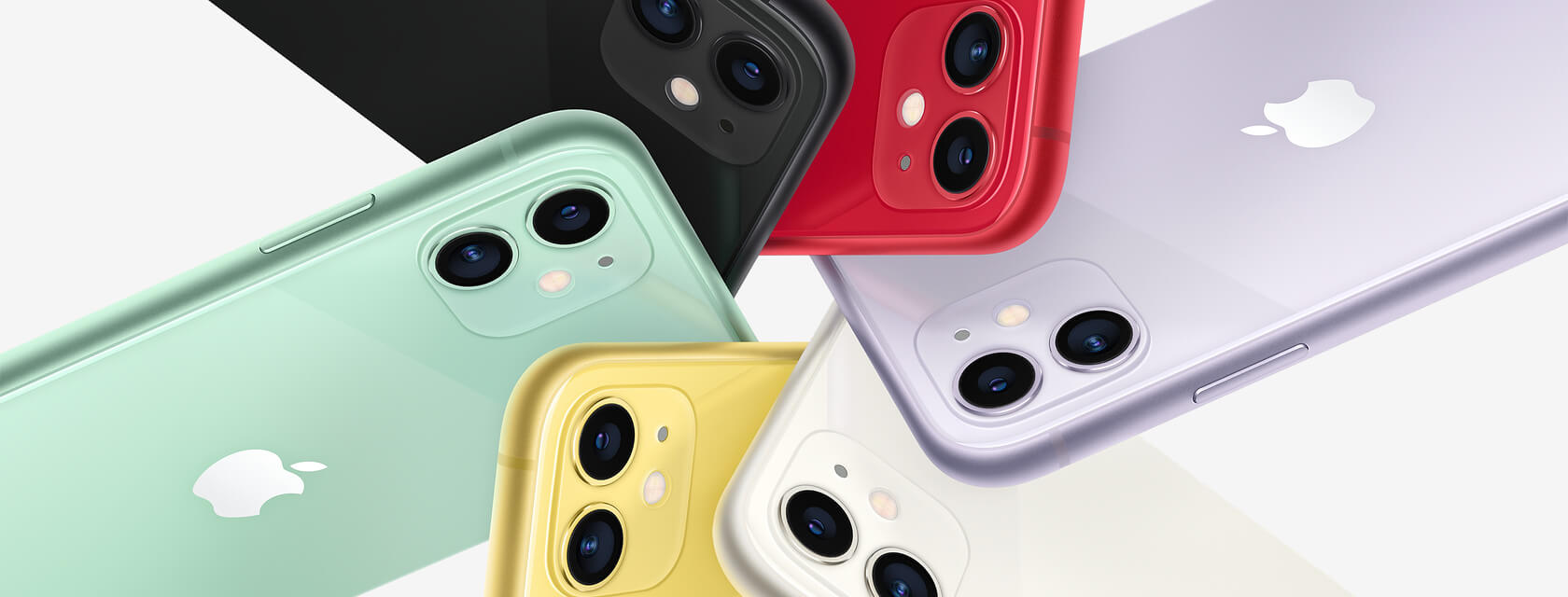
Size-wise, the iPhone 11 and the iPhone XR are identical. Both measure 5.96 inches (H) x 2.98 inches (width) x 0.33 inches (depth) and tip the scales at 6.84 ounces (194 grams). Presumably, you'd be able to use your iPhone XR case on a new iPhone 11 as all of the buttons and cutouts also appear to be in the same location.
The same Liquid Retina HD display.
The 6.1-inch Liquid Retina HD display on the iPhone 11 is also identical to the screen that shipped with the iPhone XR. The 1,792 x 828 resolution (326 PPI) True Tone display offers a 1,400:1 contrast ratio, 625 nits of brightness, Haptic Touch and the familiar oleophobic coating.
Apple's new A13 Bionic chip with third-gen Neural Engine.

Where things do start to change, however, is on the inside. The iPhone 11 is powered by Apple's new A13 Bionic SoC which is 20 percent faster than its predecessor, the A12 Bionic chip inside the iPhone XR. Last year's A12 is no slouch, mind you, as it still outpaces much of the competition today but you do get a speed bump with the latest model.
Dual rear-facing camera array.

The iPhone 11 features a secondary rear-facing camera whereas the iPhone XR only has one. The standard wide-angle shooter found on both phones is a 12-megapixel unit with a six-element lens and f/1.8 aperture. It has optical image stabilization, a 5x digital zoom, burst mode, geotagging and more. The iPhone 11 ups the ante with a second shooter, an ultra-wide camera with f/2.4 aperture and five-element lens with a 120-degree field of view.
A new 12-megapixel TrueDepth camera.
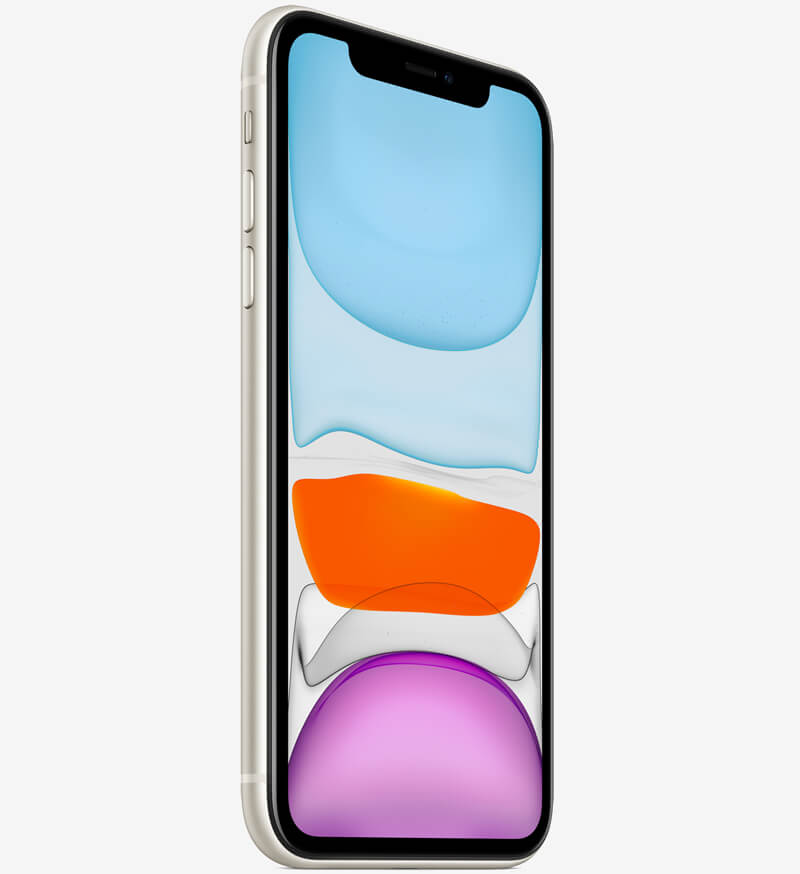
The front-facing TrueDepth camera also gets a mild spec bump on the iPhone 11. Whereas the iPhone XR features a 7-megapixel camera with f/2.2 aperture, the new handset has a 12-megapixel camera with f/2.2 aperture. This enables 4K video recording at 24 fps, 30 fps or 60 fps and slo-mo video capture at 1080p at 120 fps. 4K and slo-mo isn't possible on the iPhone XR's front-facing camera.
A cornucopia of colors.
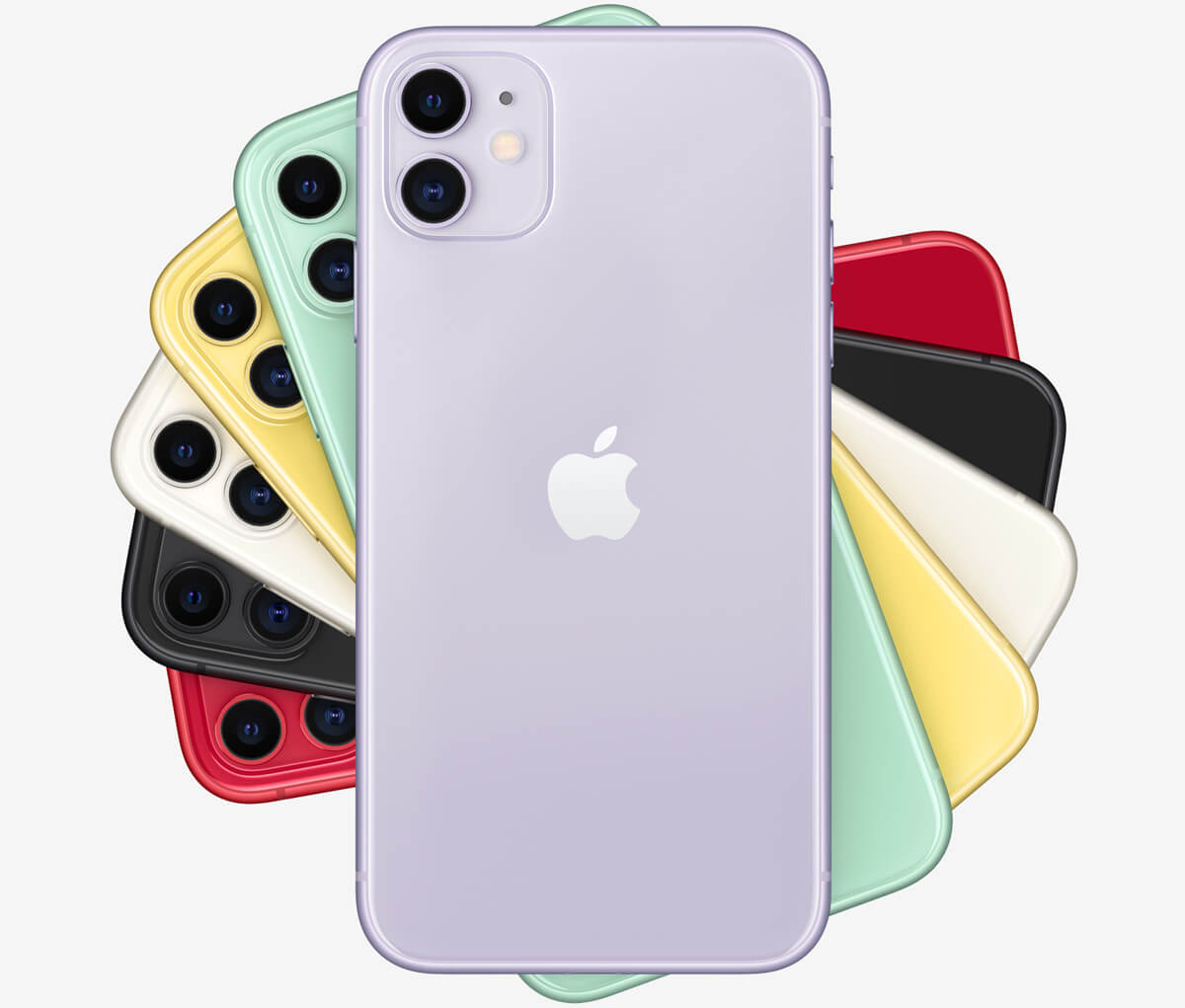
Both the iPhone XR and iPhone 11 are available in half a dozen color options including black, white, yellow and red. The iPhone XR additionally comes in coral and blue while the iPhone 11 replaces those options with green and purple. There's no winner or loser here - it all comes down to personal preference.
More local storage options.
Apple's new iPhone also gets the edge in storage capacity. Both units are configurable with 64GB or 128GB of onboard storage but the iPhone 11 takes it a step further with a 256GB option. If you want the iPhone XR, you'll have to settle for a maximum of half that.
Improved durability.

The iPhone 11 carries an IP68 rating meaning it can withstand being submerged in up to two meters of liquid for 30 minutes. The iPhone XR, meanwhile, is rated at IP67 and is thus only good for 30 minutes at a submerged depth of one meter.
Longer battery life.
Apple's iPhone 11 also scores a win in the battery life category. The new handset is said to last one hour longer than the iPhone XR, meaning you can get up to 17 hours of video playback on a single charge. Both are compatible with Apple's 18W charging adapter, granting a 50 percent charge in just 30 minutes.
A more affordable iPhone.
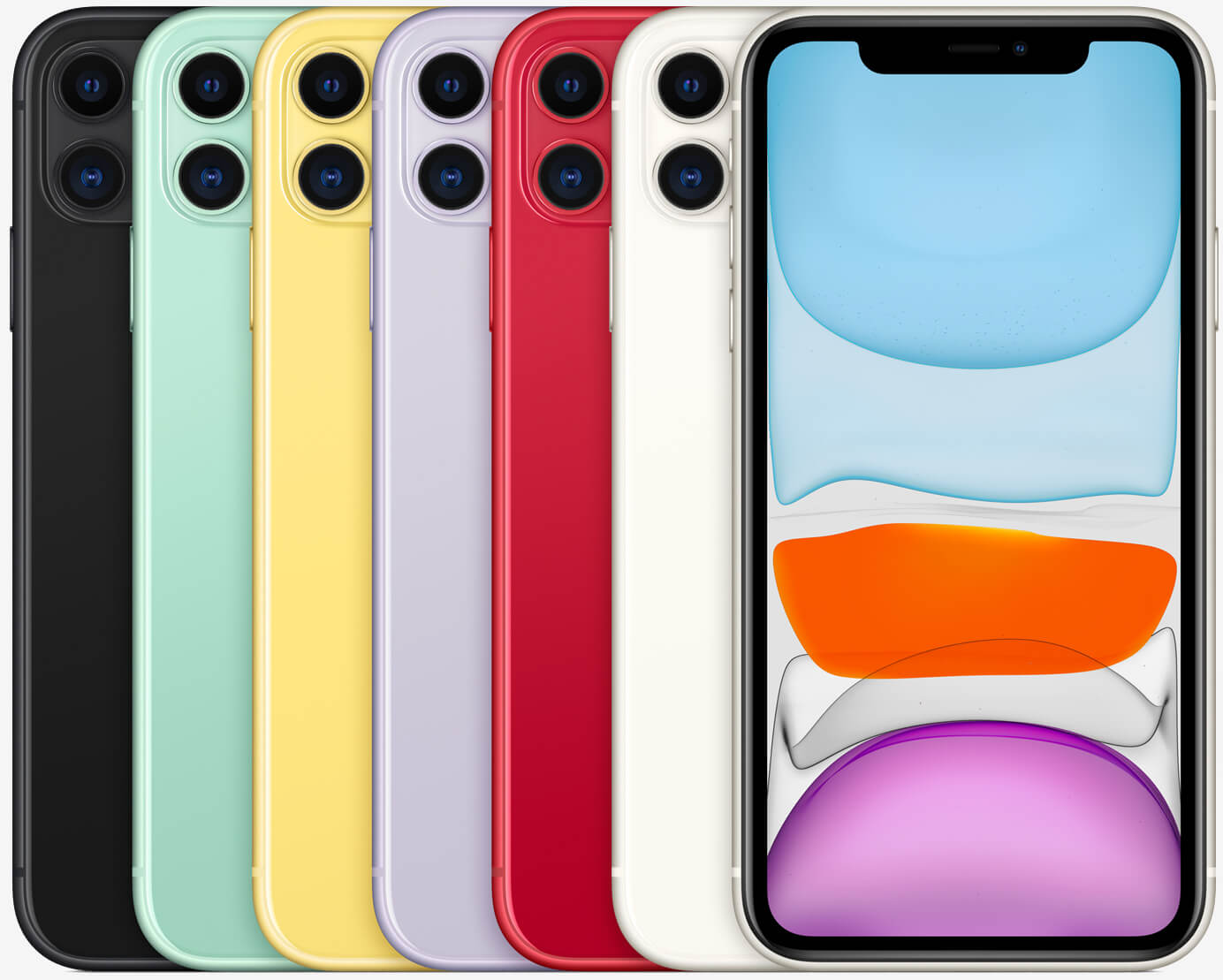
Ultimately, most buying decisions come down to price. The new iPhone 11 starts at $699 which is $50 less than the iPhone XR debuted at last year. The iPhone XR, meanwhile, is sticking around for another term, now starting at just $599.
Masthead credit: Shara Tibken via CNET
